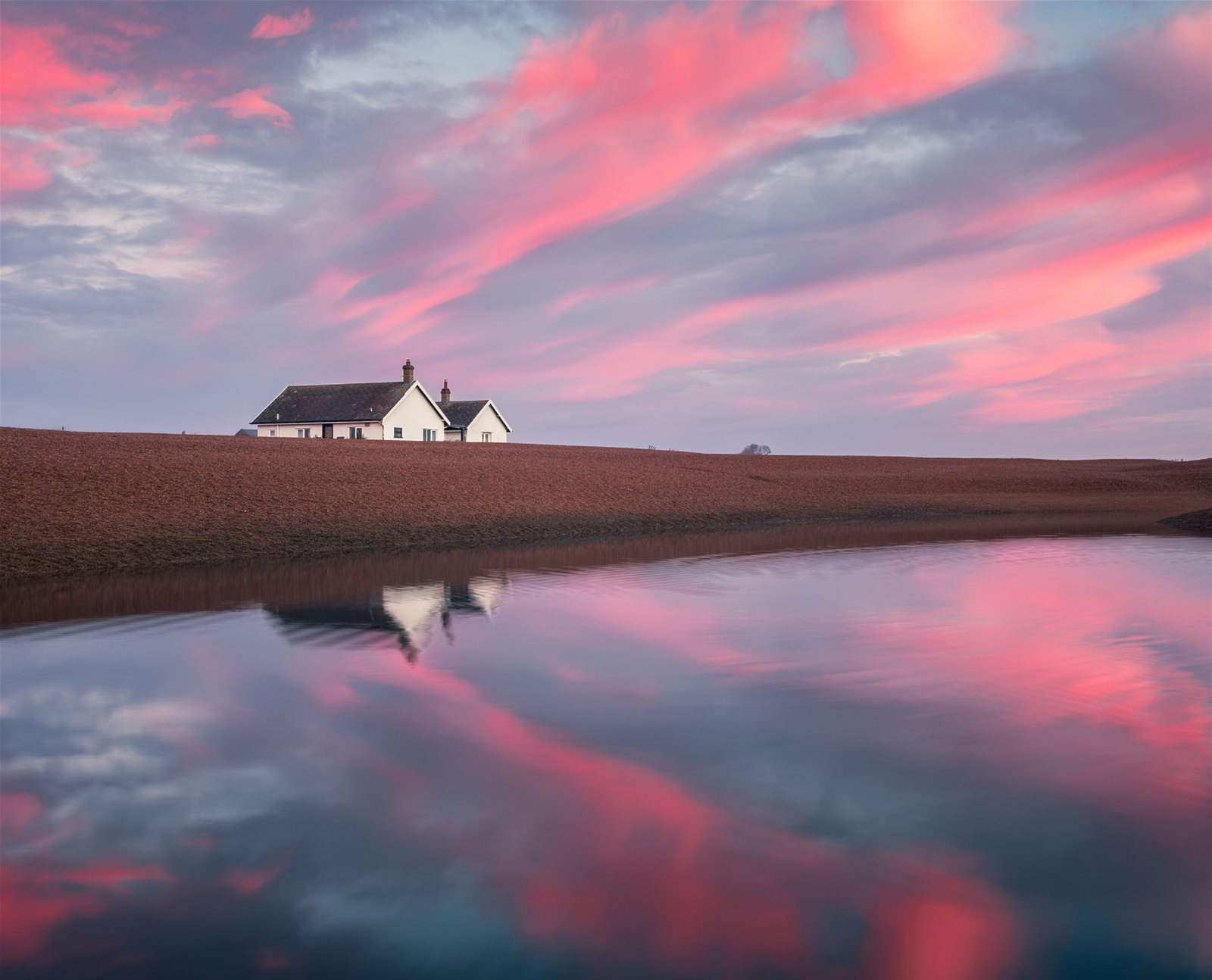
SHINGLE STREET, SUFFOLK Like many pros, Michael Clarke uses manual mode for greater control. “When shooting landscapes, the camera is on a tripod so I can keep to base ISO and play with aperture and shutter speed to get the correct exposure.”
The mode dial is one of the most important parts of any advanced camera, but also one of the most underused. Usually found on top of the body as a physical dial or selector, it allows photographers to quickly switch between different shooting modes and adapt to varied conditions, subjects, and even creative preferences.
The acronym PASM refers to the four main exposure modes that are found on most DSLR and mirrorless cameras. In Program mode (P), which is semi-automatic, the camera selects the aperture and shutter speed, but leaves you to adjust settings like ISO, exposure compensation and white balance. In Aperture Priority mode (A or Av), you choose the aperture, and the camera adjusts the shutter speed to achieve the ‘correct’ exposure. Similarly in Shutter Priority mode (S, Tv, or T), you set the shutter speed, and the camera takes care of everything else. Manual mode (M) enables the photographer to take full control over all the parameters, which can be both a blessing and a curse.